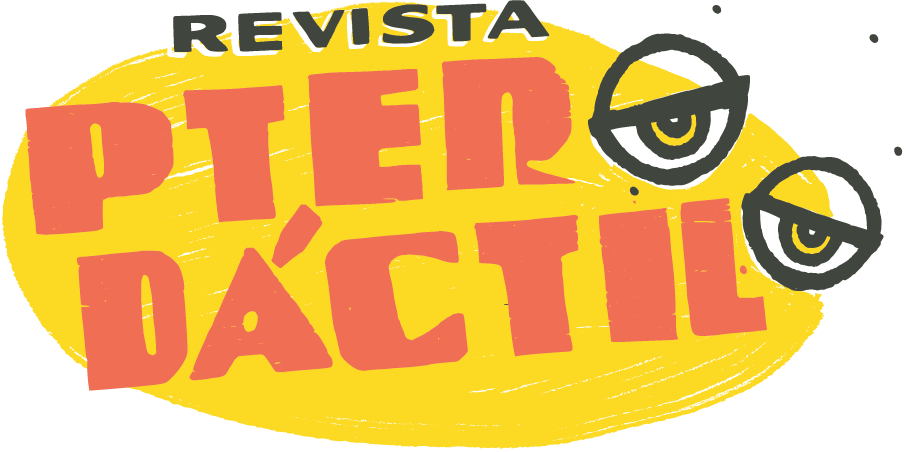N. Katherine Hayles, known for her interdisciplinary work in posthumanism and digital humanities, is coming to speak at the GRACLS2013 conference this Friday (October 11, 5:30pm). Her talk will be the keynote address for the conference, which will also feature more than ten papers on topics related to Latin America, including Chilean Libros Objetos, Neruda’s archives, and translation in Macunaíma. Pterodactilo contributors Sam Cannon, Roanne Kantor , and Jonathan Fleck will also be speaking.
In honor of the upcoming conference, I thought I’d test out some of the digital humanities methods described by Katherine Hayles in her newest book, How We Think.
This is a Wordle. (Click to make it larger).
Wordle will make word clouds of digital text. The above Wordle was made out of our own old.pterodactilo.com/blog-rescate. Spain and Spanish were no surprise, but did you know our next favorite topics were parents and food? I did not.
Here’s a Wordle of the Borges text that I used when building my BorgesBot a few months ago.
Here we have a nice visual image of masculinity in Borges (see: Idelber Avelar at gracls2011). And it opens room for other questions: we can easily imagine why «dijo» or «aleph» show up frequently, but why the number dos? Does it relate to Borges’ penchant for mirrors?
I also tried these texts on TAPoR (the Text Analysis Portal for Research) and found it prohibitively irritating, although feel free to test it our for yourself.
MALLET is a more sophisticated program for modeling texts. My favorite MALLET tool so far is the topic model, which will sort through your text to discover clusters of words. You can then extrapolate from these clusters to identify common topics.
Currently, I’m using MALLET to help me sort through book reviews, including Amazon.com and other digital and print publications. I’m looking at how contemporary US readers respond to novels about Aztecs. So I pulled the book reviews from my favorite example – Gary Jennings’ Aztecs – and constructed a topic model. Here are my preliminary results:
1. history people spanish aztecs culture mexico write thing civilization part conquest learn live description mexican sexual king spain language
2. aztec story mixtli life world great page human make man long day sacrifice word empire experience epic fascinating war
3. jennings character historical love sex gary make good fiction reader end author recommend research work main violence describe
4. book read year find feel put give adventure start finish mind ll pick real buy back hard friend incredible
5. time detail enjoy person reading fact scene ago view lot understand star happen interest half
We can imagine these categories as 1) History; 2) Aztecs; 3) Novel; 4) Book; 5) Reading. This allows us to think about what categories matter in a book review, and how people think about those categories. The next step is to analyze what it means – why these categories are constructed the way they are, and what they tell us about the act of reading Aztecs.
As always, if you want to try this code on a different book, send me a message.
Meanwhile, hoping to see everyone at GRACLS on Friday.


